
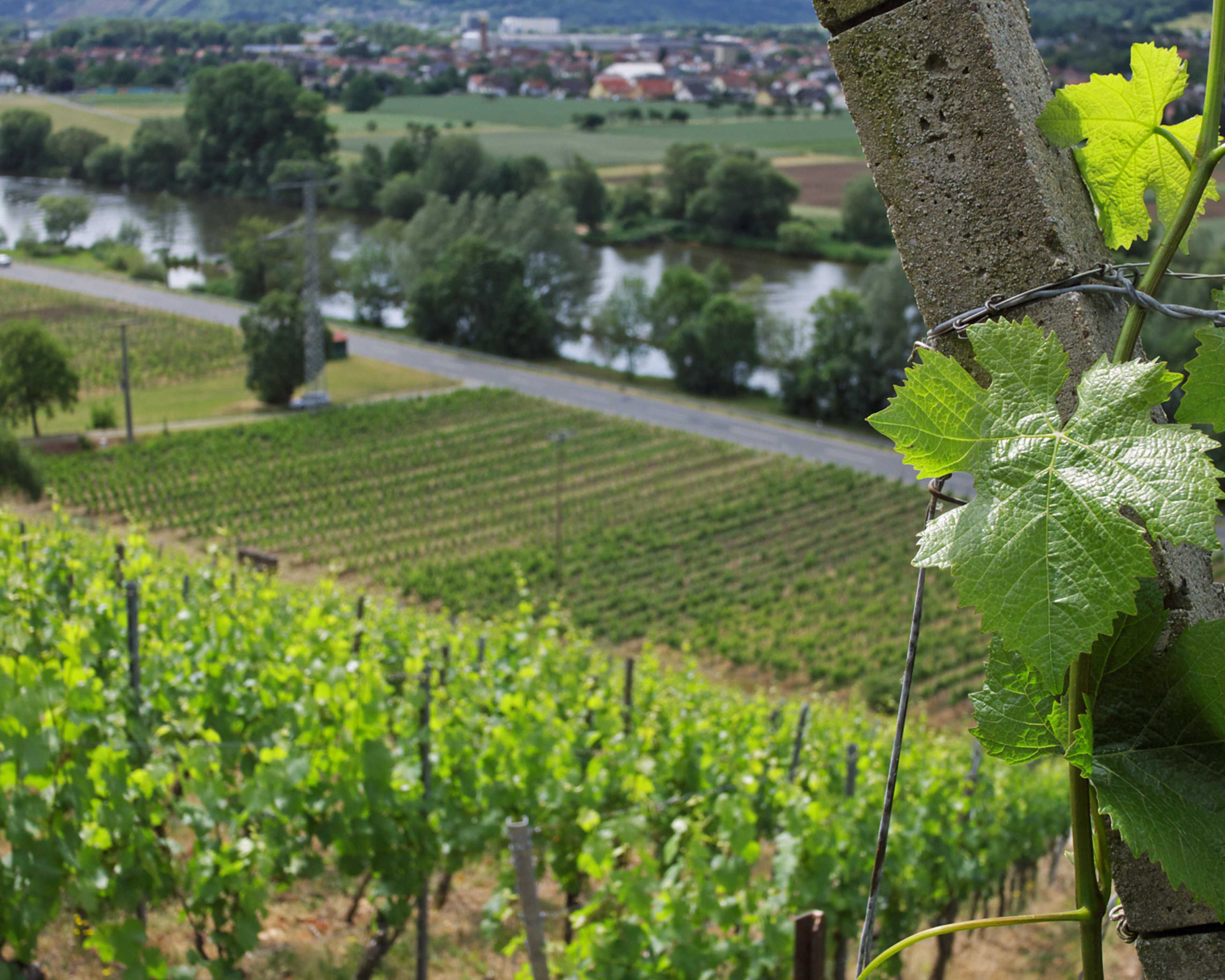
Nahe: Germany's Hidden Jewel of Riesling
Unveil the secrets of Nahe, where some of the finest Rieslings thrive, offering exceptional minerality and complex flavors that define this underrated region.
Great Riesling is not just a wine, it’s a journey through soil, climate, and tradition
- Unknown
Nahe: A Region of Unique Minerality and Exceptional Riesling
Franken, or Franconia, is a region in northern Bavaria, known for its distinctive wines, particularly its dry whites. Famous for the unique Silvaner, this region is a treasure trove for wine enthusiasts, offering a mix of old traditions and modern winemaking techniques.
The Bocksbeutel bottle shape, which is closely associated with Franken, is a distinctive symbol of the region and adds to the uniqueness of its wines. Franken’s silvaner, known for its freshness and mineral notes, is the star of the show here, while other grapes like Riesling and Müller-Thurgau also play important roles.
Franken’s terroir, with its river valleys and rolling hills, offers the perfect environment for growing these grape varieties. The Würzburg and Escherndorf sub-regions are particularly renowned for their terroir-driven wines, which express the richness and history of the region’s winemaking heritage. Whether you’re savoring a crisp silvaner or enjoying a glass of Riesling, Franken offers a wonderful array of wines with both elegance and depth.
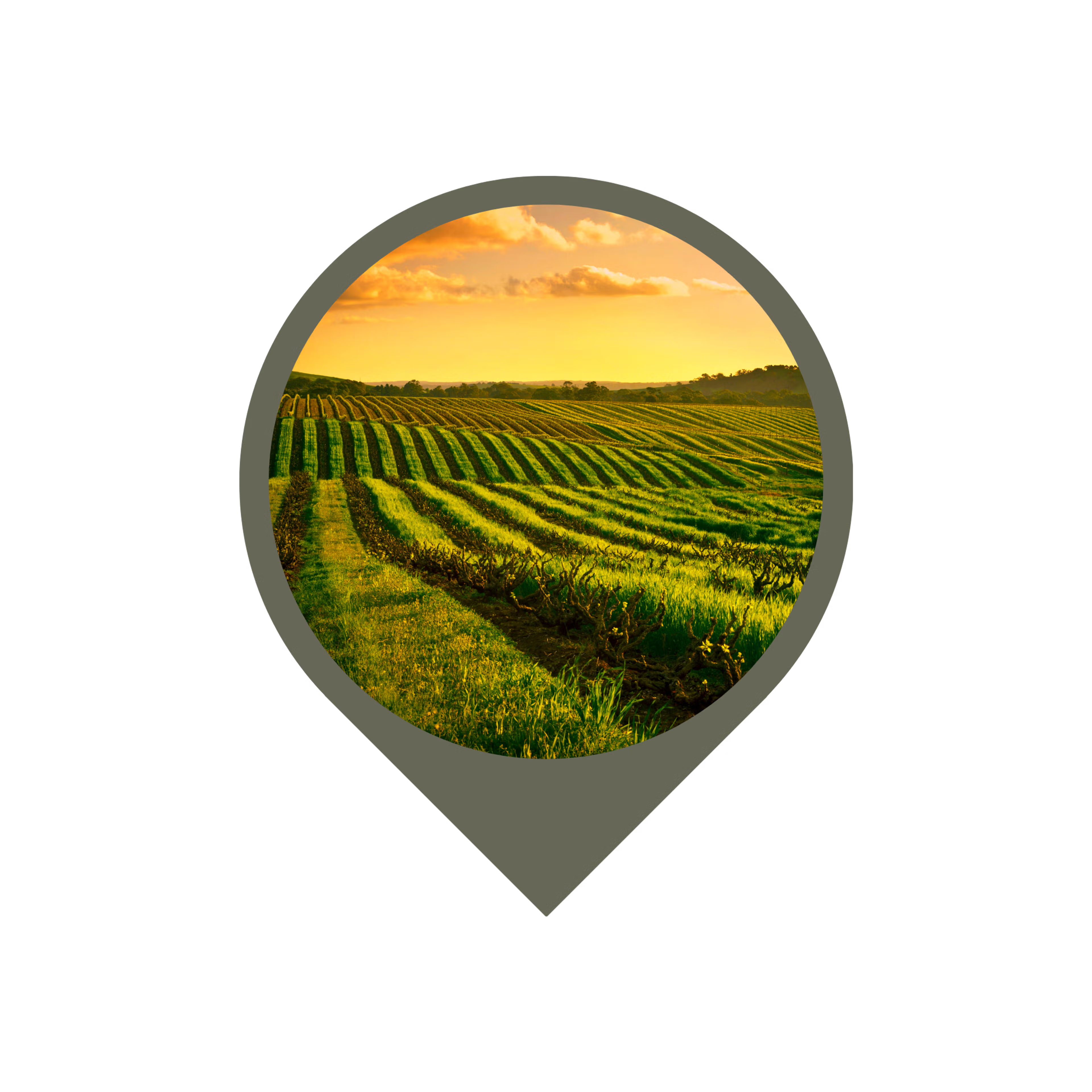
Explore the Famous Sub-Regions of Nahe
Bad Kreuznach & Schlossböckelheim: Key Areas Shaping Nahe’s Rieslings
Nahe is home to several sub-regions that each contribute to the distinct style of Riesling produced in the area. With varied terroirs, Nahe’s sub-regions create a diverse range of flavors and expressions, all united by a mineral-driven freshness.
🍇 Bad Kreuznach – The Heart of Nahe Riesling
Bad Kreuznach is one of the most famous sub-regions of Nahe, situated along the Nahe River. The vineyards here benefit from a diverse combination of soils, including limestone, sandstone, and volcanic ash, creating wines that are both complex and elegant. Riesling from Bad Kreuznach is known for its vibrant acidity, floral aromas, and notes of stone fruit such as peach and apricot, balanced with a characteristic mineral finish. The wines from this region have great aging potential, often becoming more refined and layered as they mature.
🍇 Schlossböckelheim – A Hotbed of Riesling Excellence
Located in the western part of Nahe, Schlossböckelheim is home to some of the region’s most prestigious vineyards. The vineyards here sit on steep slopes, which allow the Riesling grapes to benefit from optimal sunlight exposure, while the volcanic soils contribute to the minerality and depth of the wines. Rieslings from Schlossböckelheim are known for their rich texture, racy acidity, and flavors of citrus fruits and lime zest, with a lingering smoky minerality on the finish. These wines are often described as powerful yet elegant, with a remarkable balance between fruitiness and minerality.
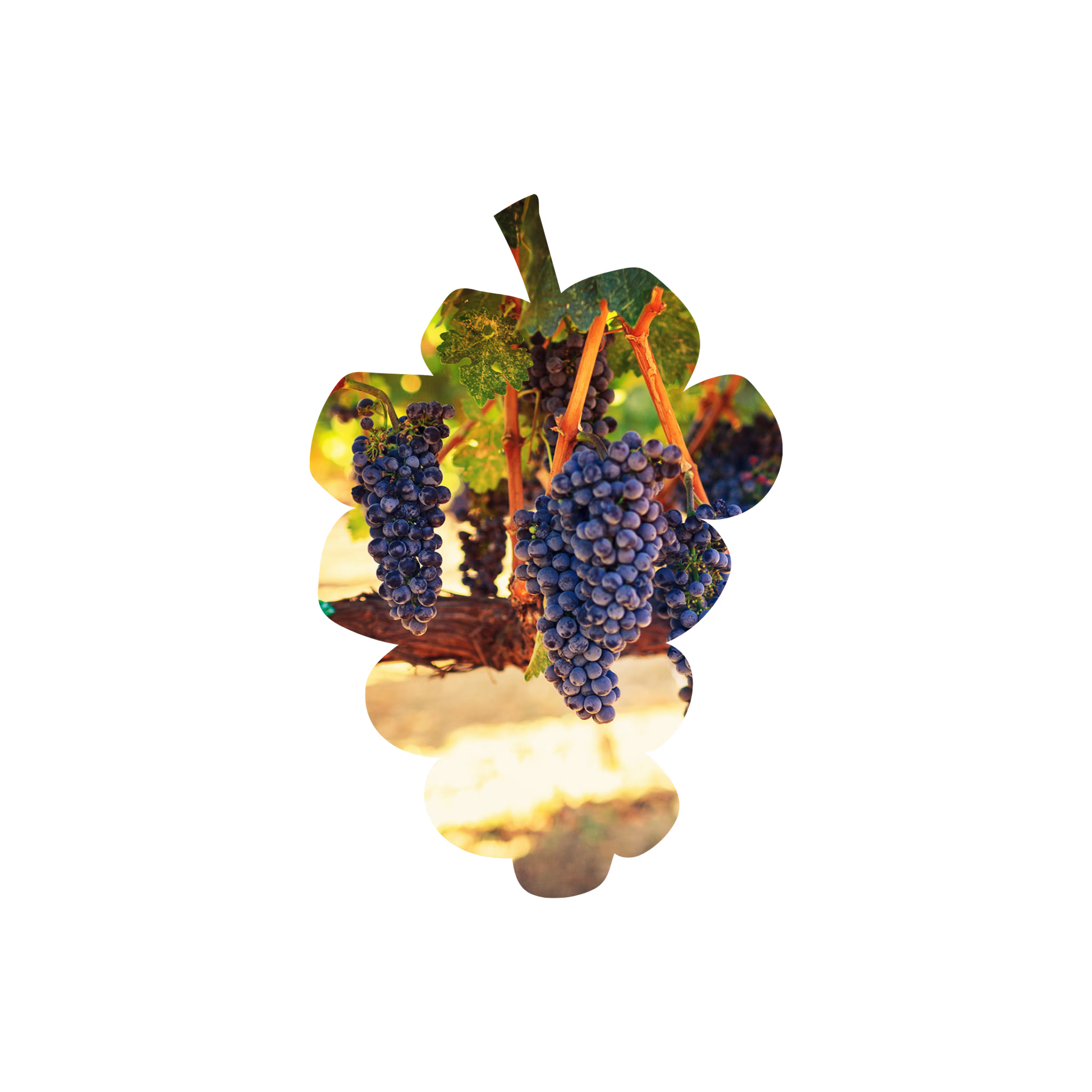
The Grapes Defining Nahe's Unique Wines
Riesling & Grauburgunder: The Cornerstones of Nahe’s Wine Reputation
Nahe is best known for its Riesling, which flourishes in the region’s diverse soils and moderate climate. However, the region also produces outstanding wines from other grape varieties, with Grauburgunder (Pinot Gris) being one of the most notable. The combination of Riesling’s mineral complexity and the more fruit-forward character of Grauburgunder makes Nahe a region that is both versatile and distinctive.
🍇 Riesling – The Jewel of Nahe
Riesling is the signature grape of Nahe, and the wines produced from this variety are some of the best in the world. The region’s diverse terroirs give Nahe Rieslings a wide range of expressions, from dry to sweet, all showcasing an exceptional minerality. Nahe Rieslings are often described as having a delicate balance of crisp acidity, floral aromas, and stone fruit flavors, making them incredibly versatile for pairing with a wide range of foods. The ability of Nahe Riesling to age beautifully adds to its prestige, with the wines often becoming more complex and nuanced with time.
🍇 Grauburgunder – A Rising Star
In addition to Riesling, Grauburgunder (Pinot Gris) is another grape variety that excels in Nahe’s terroirs. Grauburgunder from Nahe tends to be rounder and full-bodied, with flavors of ripe pear, apple, and honeyed notes. The wines have a subtle spice and a refreshing acidity, which makes them perfect for pairing with a variety of dishes, including seafood, poultry, and creamy cheeses. While not as famous as Riesling, Grauburgunder in Nahe is gaining recognition for its quality and balance, with the region producing some outstanding examples.

Explore the Notable Producers of Nahe
Dönnhoff, Schäfer-Fröhlich & Emrich-Schönleber: Icons of Nahe Winemaking
Nahe is home to some of the most renowned producers in Germany, with wineries that have been instrumental in shaping the region's reputation for high-quality Riesling and other varietals. These producers are dedicated to crafting wines that reflect the diverse terroirs of Nahe while showcasing the unique minerality that defines the region's wines.
🍇 Dönnhoff – A Legendary Name in Nahe
Weingut Dönnhoff is one of the most iconic and highly regarded wineries in Nahe, known for producing exceptional Rieslings that capture the essence of the region's terroir. Under the guidance of Helmut Dönnhoff, the winery has gained international acclaim for its elegant, precise wines that balance rich fruitiness with vibrant acidity and mineral complexity. Dönnhoff’s Riesling is often considered some of the best in the world, with wines that have remarkable aging potential and a silky texture.
🍇 Schäfer-Fröhlich – Modern Innovation Meets Tradition
Another highly regarded producer in Nahe is Weingut Schäfer-Fröhlich, which has garnered a reputation for its commitment to quality and innovative winemaking. Christof Schäfer and his family are dedicated to producing wines that express the purest form of the region’s terroir. Their Rieslings are known for their intensity, mineral backbone, and crisp acidity, with a focus on making wines that have the structure and balance to age beautifully. Schäfer-Fröhlich is particularly renowned for its dry Rieslings, which have earned a loyal following among collectors and wine lovers.
🍇 Emrich-Schönleber – Purity and Precision
Weingut Emrich-Schönleber is another producer that has made a significant mark on the region's wine scene. Known for its low-intervention approach, this winery focuses on making wines that reflect the purity and precision of Nahe’s terroirs. Their Rieslings are intense and complex, with a signature mineral finish that comes from the winery’s unique vineyard sites in Schlossböckelheim. Emrich-Schönleber’s wines are characterized by their elegance and balance, making them a staple for Riesling lovers and collectors alike.
Discover the Famous Vintages of Nahe
Nahe has experienced several memorable vintages that have helped define the region’s reputation for producing wines with exceptional aging potential and complexity. The following vintages are particularly noteworthy for their richness, balance, and the ability to evolve beautifully over time.
📅 2001 – A Warm and Concentrated Vintage
- The 2001 vintage was marked by a warm growing season, which allowed the Riesling grapes to ripen fully while maintaining their natural acidity. The resulting wines are concentrated, with rich flavors of stone fruit and citrus, along with a hint of mineral smokiness. Rieslings from 2001 have an incredible aging potential, and the best examples have developed layers of complexity and refinement over time.
📅 2012 – A Balanced Vintage with Complex Wines
- The 2012 vintage was a more balanced year, with moderate temperatures and a long ripening season that allowed the grapes to develop their full potential. Riesling from this year is elegant, with bright acidity and a crisp finish, alongside citrus and floral notes. The wines from 2012 have proven to be complex and age-worthy, with the potential to evolve beautifully for years to come.
📅 2015 – A Warm and Lush Vintage
- The 2015 vintage was another warm year, with an extended growing season that allowed the grapes to ripen to full maturity. Riesling from this vintage is lush, with ripe fruit flavors of peach and apricot, balanced by a refreshing acidity. Wines from 2015 are approachable in their youth but have the structure to age gracefully and develop greater complexity over time.
📅 2019 – A Cool and Precise Vintage
- The 2019 vintage was a cooler year, which resulted in wines with precise acidity and a more delicate structure. Riesling from 2019 is fresh, with crisp fruit flavors and a mineral-driven finish. The wines from this year are known for their finesse, balance, and vibrant energy, making them an excellent choice for both immediate enjoyment and long-term aging.
Store Your Nahe Wines at the Perfect Temperature
Explore our wine coolers →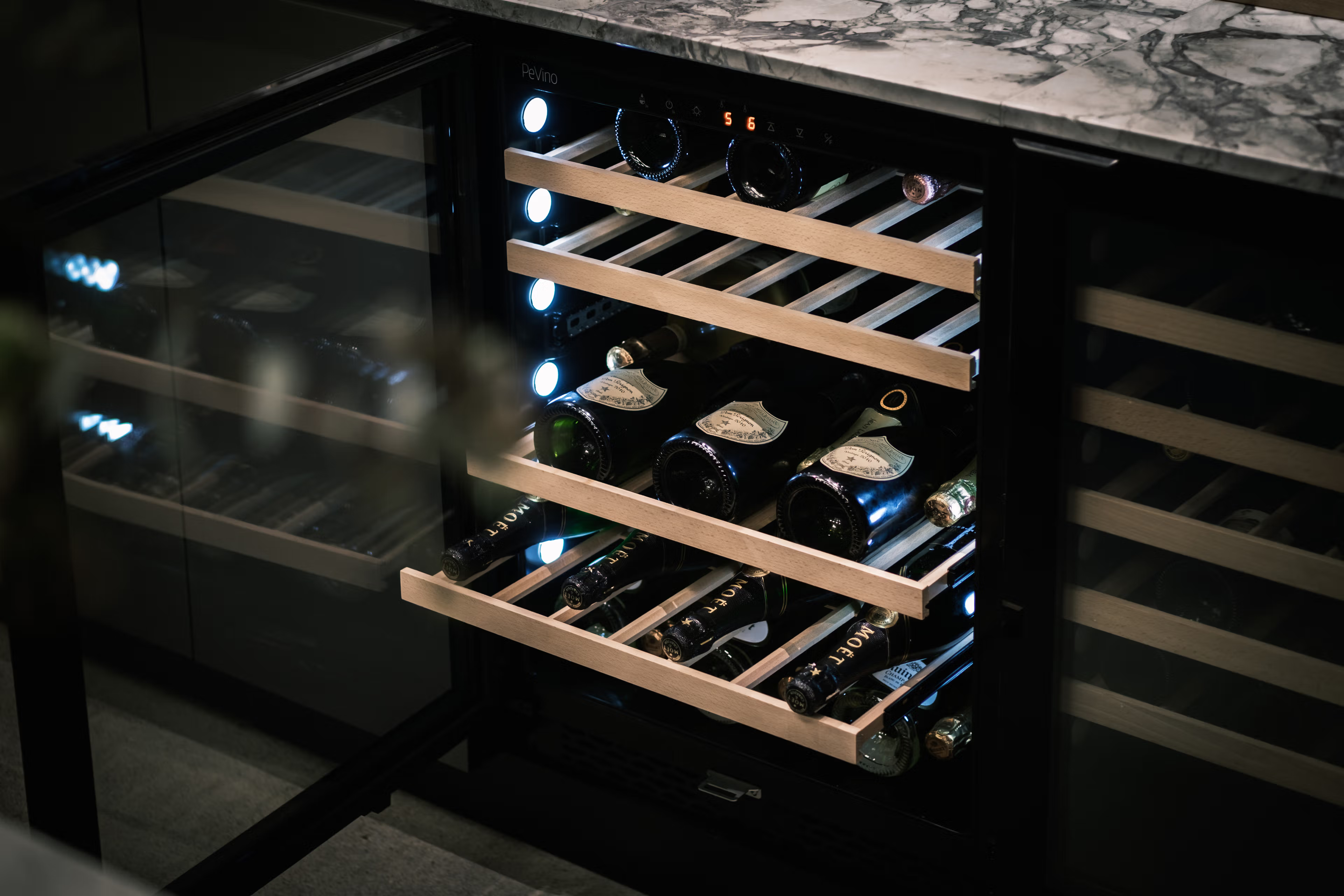
Present Your Nahe Wine Collection with Style
Find your perfect wine rack here →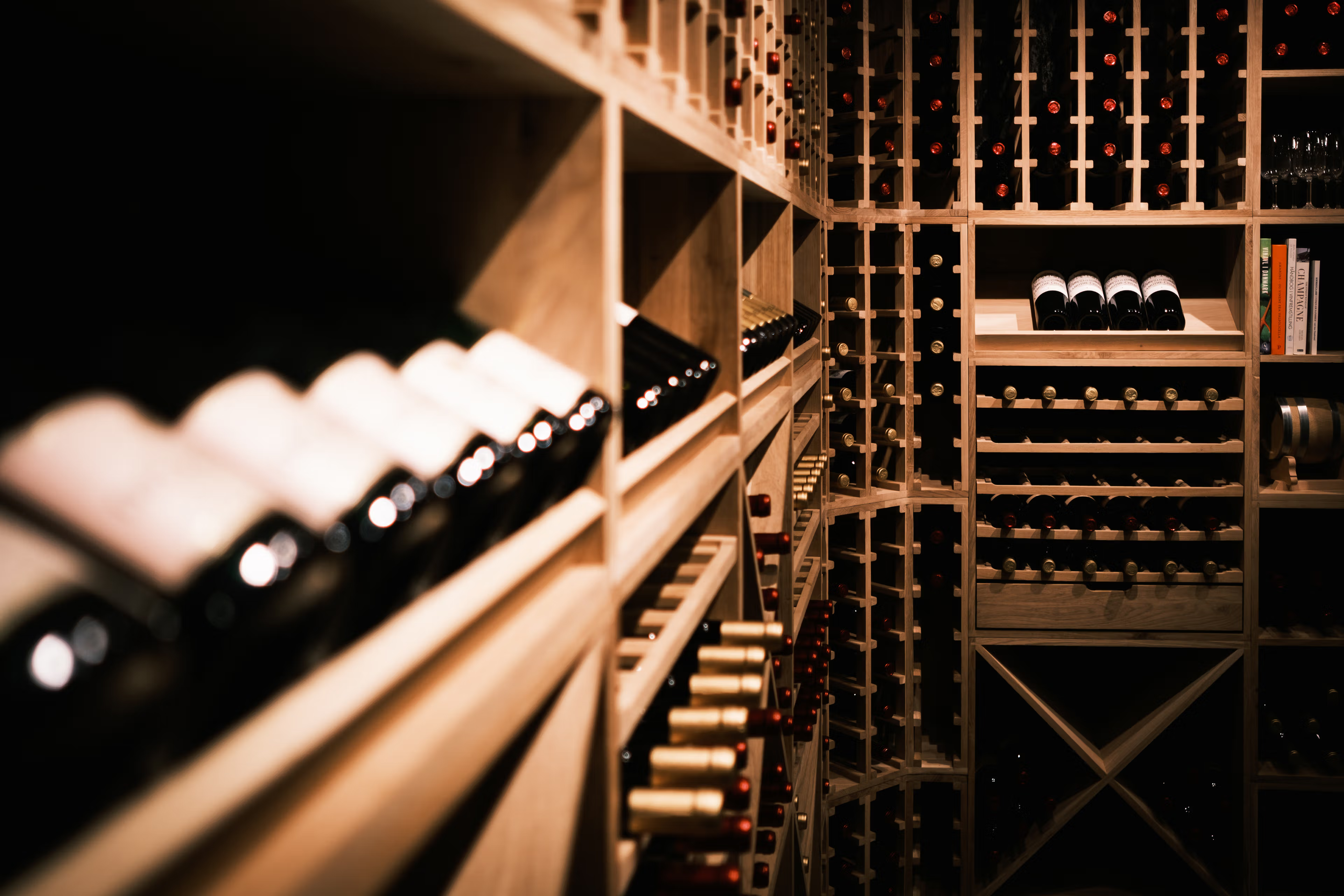
Nahe: Germany's Hidden Gem of Riesling
Introduction
Nahe is one of Germany's best-kept secrets when it comes to wine, renowned for its exceptional Rieslings that express a unique minerality and complexity. This small but impressive region, situated between the Rhine and Mosel, is the perfect place for the Riesling grape to thrive, thanks to its diverse terroirs and moderate climate.
Nahe wines are prized for their balance between bright acidity, floral aromas, and stone fruit flavors like peach and apricot, all backed by a characteristic mineral finish. This makes Nahe an exceptional wine region, capable of producing wines that are both complex and food-friendly. Nahe's Rieslings are highly versatile, making them excellent companions to a wide range of dishes, from seafood and sushi to chicken and creamy cheeses.
The Role of Terroir and Climate in Nahe Winemaking
The climate and terroir in Nahe are key to the region's success in producing world-class Riesling. The region benefits from a moderate climate, with long, sunny days and cool nights that help the Riesling grapes preserve their natural acidity while achieving full ripeness. The Nahe River and surrounding hills create microclimates that allow for a wide variety of soil types, including volcanic, limestone, and sandstone, all contributing to the distinct mineral qualities of the wines.
Vineyards situated on steep slopes enjoy excellent sun exposure, while the low-vigor soils help create wines with great focus and intensity. The region’s terroir offers a broad range of expressions, with Rieslings that vary from crisp and dry to sweet and full-bodied, allowing Nahe to offer something for every palate.
Grape Varieties of Nahe
Nahe is primarily known for its Riesling, a variety that flourishes in the region’s terroir, producing wines that range from bone-dry to sweet, with great aging potential. Nahe Riesling is known for its remarkable minerality, with flavors ranging from citrus and stone fruits to herbaceous and floral notes. Riesling from Nahe is often praised for its ability to age gracefully, developing complex layers and a deep minerality as it matures.
In addition to Riesling, Grauburgunder (Pinot Gris) is another grape variety that does exceptionally well in Nahe. Grauburgunder wines from Nahe are known for their roundness, rich texture, and stone fruit flavors, providing a great complement to the region's Riesling-based wines. These wines are perfect for those who enjoy a more full-bodied white wine with a touch of elegance and fruit-forward character.
Winemaking Tradition in Nahe
Nahe’s winemaking history dates back to Roman times, but it is only in the last few decades that the region has truly gained international recognition for its high-quality wines. Leading producers in Nahe have dedicated themselves to producing wines that express the region's diverse terroirs and are known for their precision and balance. The best producers, such as Dönnhoff, Schäfer-Fröhlich, and Emrich-Schönleber, are renowned for their commitment to both quality and sustainability, with many of them following organic and biodynamic practices.
These producers focus on minimal intervention in the cellar, allowing the true essence of the grapes and terroir to shine through. The resulting wines are elegant, expressive, and refined, with a precision and freshness that have earned them a loyal following among collectors and wine enthusiasts alike.
Conclusion
Nahe is a region that should not be overlooked. With its exceptional Rieslings and its focus on quality winemaking, it has earned its place among Germany’s top wine regions. Whether you enjoy a dry Riesling with its mineral depth, or a rounder Grauburgunder with its rich fruit character, Nahe offers wines that are both complex and approachable, making it a hidden gem that every wine lover should explore.